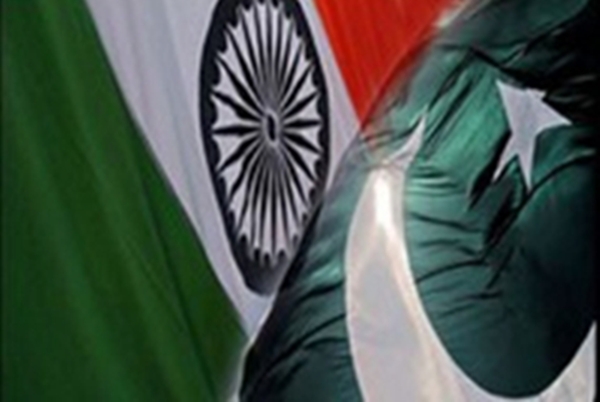South Asia on the Brink: U.S. Diplomacy Averts Nuclear Escalation
Tensions peaked between nuclear-armed India and Pakistan, threatening South Asia with war. Intense hostilities included missile strikes and air battles. The U.S. played a crucial diplomatic role, calling for de-escalation. Pakistan and India responded and, after U.S. intervention, agreed to a ceasefire, averting further conflict.

At 2.09 a.m. on a tense Saturday, Ahmad Subhan, a Rawalpindi resident, was jolted awake by an explosion that took South Asia perilously close to war. By dawn, decades-high hostilities between nuclear-armed India and Pakistan had reached fever pitch.
In one of the world's most densely populated regions, fighter jets and missiles crisscrossed the skies as heavy exchanges ensued. Amid the chaos, Pakistan announced an emergency meeting of its top nuclear decision-making body, while Indian missile strikes targeted Pakistani air bases.
Diplomatic intervention was soon underway. The U.S., spearheaded by Secretary of State Marco Rubio, played a key role in urging both nations to de-escalate, leading to an agreement on a ceasefire. This U.S.-brokered truce was critical in pulling the two nations back from the brink of broader conflict.
(With inputs from agencies.)
ALSO READ
U.S. Boosts Arms Sales to Taiwan Amid China's Rising Tensions
Gaza Ceasefire Proposal: Hurdles and Humanitarian Efforts
Defining Global Security: Rising Tensions at the Shangri-La Dialogue
U.S. Proposes 60-Day Ceasefire Plan for Gaza Amidst Tensions
Global Tensions on Display: Strategic Dialogues at Singapore Security Forum










